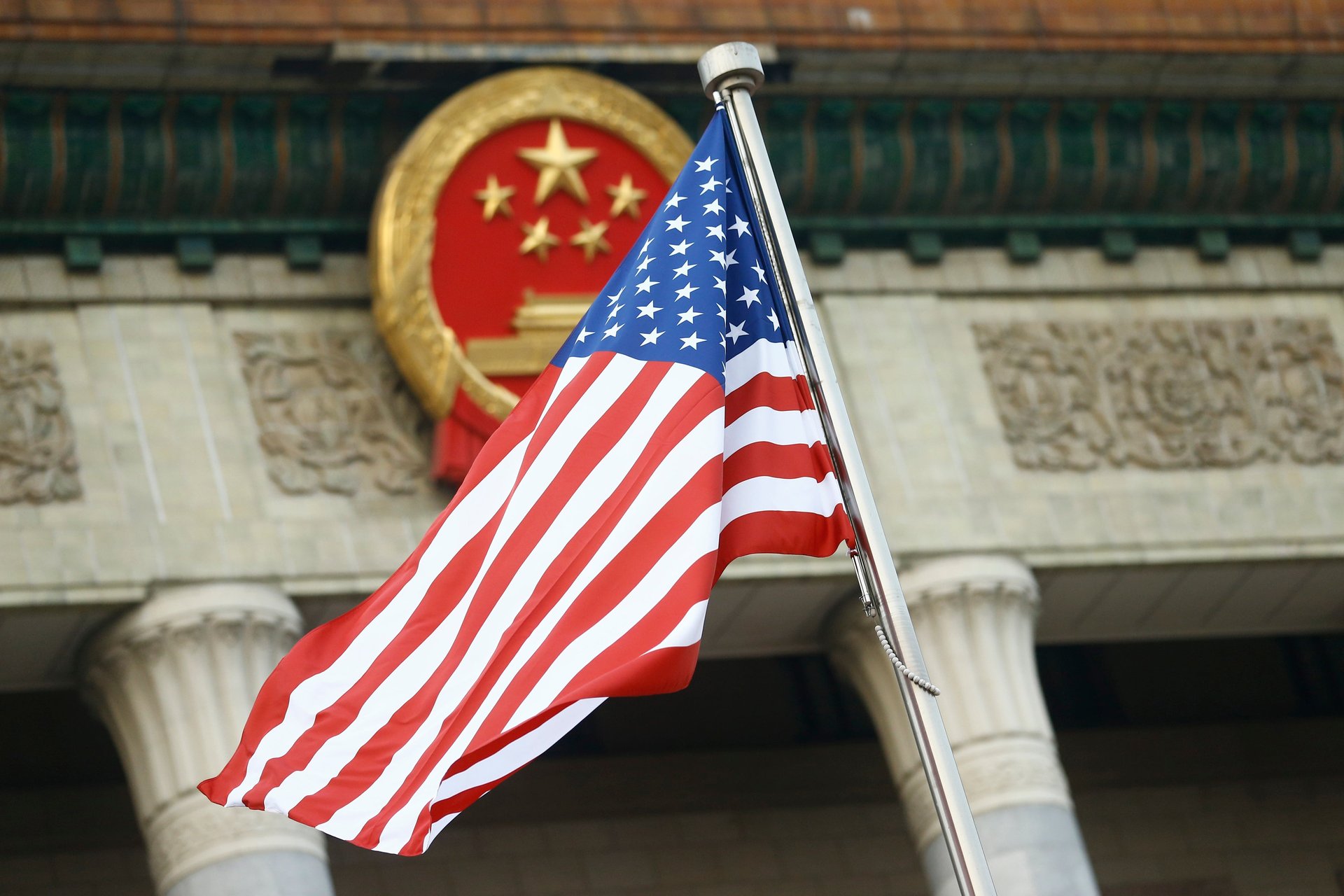The U.S. and China keep trade talks alive with their first call since Geneva
Washington and Beijing are keeping lines of communication open as tariffs and tech tensions still loom large

Senior officials from the U.S. and China have picked up the phone again — literally. In the countries’ first high-level conversation since trade talks in Geneva, diplomats on a call Thursday reiterated the need for stability amid an increasingly tense relationship.
Suggested Reading
Ties between the two governments have been fraying amid tariffs, tech restrictions, and growing talk of economic decoupling.
Related Content
The call — between Deputy Secretary of State Christopher Landau and Executive Vice Foreign Minister Ma Zhaoxu — comes on the heels of a 90-day tariff détente that saw both sides agree to temporarily ease up on tariff restrictions.
A statement from the State Department confirmed the conversation between the two, saying the diplomats “acknowledged the importance of the bilateral relationship to the people of both countries and the world, discussed a wide range of issues of mutual interest, and agreed on the importance of keeping open lines of communication.” The Chinese government released a similar statement — and both sides kept details vague.
According to reporting from CNBC, the call between Ma and Landau was the second diplomatic-level call between the U.S. and China during this presidential term. Secretary of State Marco Rubio spoke with Chinese Foreign Minister Wang Yi in January.
On Thursday, Chinese Vice Premier He Lifeng spoke with JPMorgan Chase (JPM) CEO Jamie Dimon in a meeting aimed at reassuring foreign investors amid concerns over China’s slowing economy and tightening regulatory environment. Lifeng said negotiations between the U.S. and China have “made substantial progress” on economic and trade issues and reiterated claims that China would open itself up to American business.
But despite any thawing in the relationship between the two governments, challenges remain.
President Donald Trump has continued to employ tariffs as a tool in trade negotiations, recently threatening to impose a 25% tariff on iPhones not manufactured in the U.S. and a 50% tariff on European Union goods starting June 1. (Trump said in mid-May that the EU is “nastier than China.”)
And the president claimed recently that senior U.S. officials would start sending out “letters” to countries, telling them what their tariff rates would be — as the Trump administration hasn’t made progress on its “90 deals in 90 days” claim made after the president’s “Liberation Day” tariff announcement.
The lack of clarity around U.S. trade policy has left global markets jittery and allies uncertain. This phone call helps cool temperatures, but the two sides must still untangle the web of structural disputes that remain: market access, data sovereignty, digital infrastructure, and the growing rift over AI and semiconductors.
For now, keeping the line open may be the most both sides can agree on.
